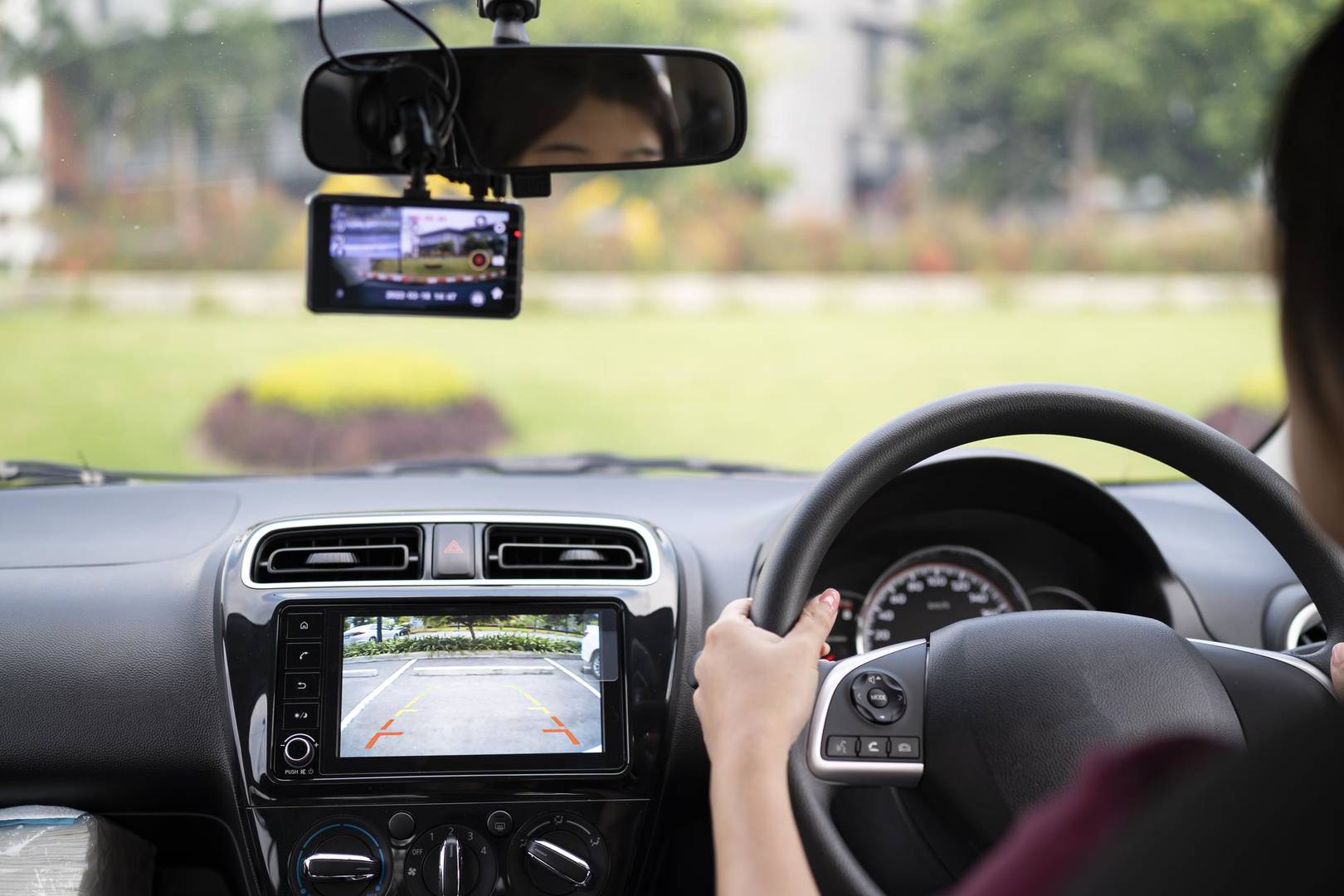Purchasing the top dash cam 2022 has to offer is a terrific way to give yourself some piece of mind if you value safety. Additionally, dashboard cameras may help you avoid the post-accident trouble of having to demonstrate that you were the safer driver, make you feel safer during traffic stops, and even just add a little amusement to your everyday commute.
That latter statement may not first make sense. However, the notion of being able to record your experiences is fascinating when you consider being able to chronicle road trips or beautiful rides. Even meteor showers have been seen on dash cam film in the past. On a more practical level, it can also record all of the events, such break-ins or accidents, that might support your insurance claims.
How is a dash cam installed?
The easiest dash cameras to install are those. In reality, setup is frequently as easy as choosing an appropriate spot on your dashboard or windshield, attaching the camera using the suction cup or adhesive mount that typically comes in the box, and then plugging the camera into 12-volt power, also known as the cigarette lighter socket on older cars. The power cord should be secured and routed carefully to keep it out of the way when driving. If a microSD card is needed and is not already installed in the camera, you might also need to insert one.
A second rear-facing camera might need to be installed if the multicamera setup is more complicated. Sometimes all it takes to do this is to run a wire from a second camera to the back window. Other kits can require you to run the cable through the trunk and into the cabin, as well as affix the second camera to the license plate. Even more complicated multicamera sets are available. A professional installer should be contacted if you feel overwhelmed.
If you want a cleaner installation that doesn’t obstruct your 12-volt outlet, or if your dash cam can monitor and record when your car is parked, you might want to think about hardwiring the device to your car’s battery. In most cases, the fuse box of your car contains an adequate fused connection. A skilled installer should be able to assist if you are unfamiliar with installing automotive electronics.
Are dash cameras financially viable?
No and yes. The ideal situation is to get the greatest dash cam, to drive safely for years, and to never have to view or even consider the film. You technically purchased a product that you didn’t require.
However, when the unexpected occurs, a dash cam may be quite helpful. After a collision, you may be able to avoid paying hundreds of dollars in repairs, insurance premiums, and legal costs by demonstrating your innocence with video or GPS data. In that respect, a dash camera that is reasonably priced is unquestionably worthwhile.
It is preferable to think of these tools in the same way that we do insurance or fire extinguishers: it is preferable to have them than not.
Are dash cameras prohibited?
The answer is based on the current legislation in your location, much like other accessories or automobile modifications. No state that we are aware of explicitly forbids installing a camera in a vehicle. Therefore, in general, dash cameras are not prohibited. When selecting the finest dash cam for your particular needs and ambitions, there are a few things to keep in mind.
For instance, putting devices or impediments on the windshield is prohibited in several states. Consider a dashboard mount, a camera that fits over the rearview mirror or replaces it in certain areas, or another low-profile installation option. Other states place restrictions on where you can put devices on the windshield. Therefore, to avoid receiving a penalty in these jurisdictions, you might have to position your camera at a windshield corner as opposed to the middle.
Consider a dash cam with the ability to turn the display off while driving or one with no display at all because certain jurisdictions’ regulations against distracted driving forbid dash cams with always-on screens. In all honesty, it’s a good idea to avoid having another device lit up in your peripheral vision while driving, especially at night.
The rules governing surveillance and privacy in your state should also be taken into account. Although they usually don’t apply to recording what’s going on around your car while you’re driving, drivers for ride-hailing services who pick up passengers, owners who share their cars with other drivers, or those who install a camera that records even when they’re not in the vehicle, should check their local laws to make sure they’re not breaking any rules.
This is crucial for cameras that capture audio since they may violate rules controlling audio eavesdropping with two-party permission, as we previously explained.
